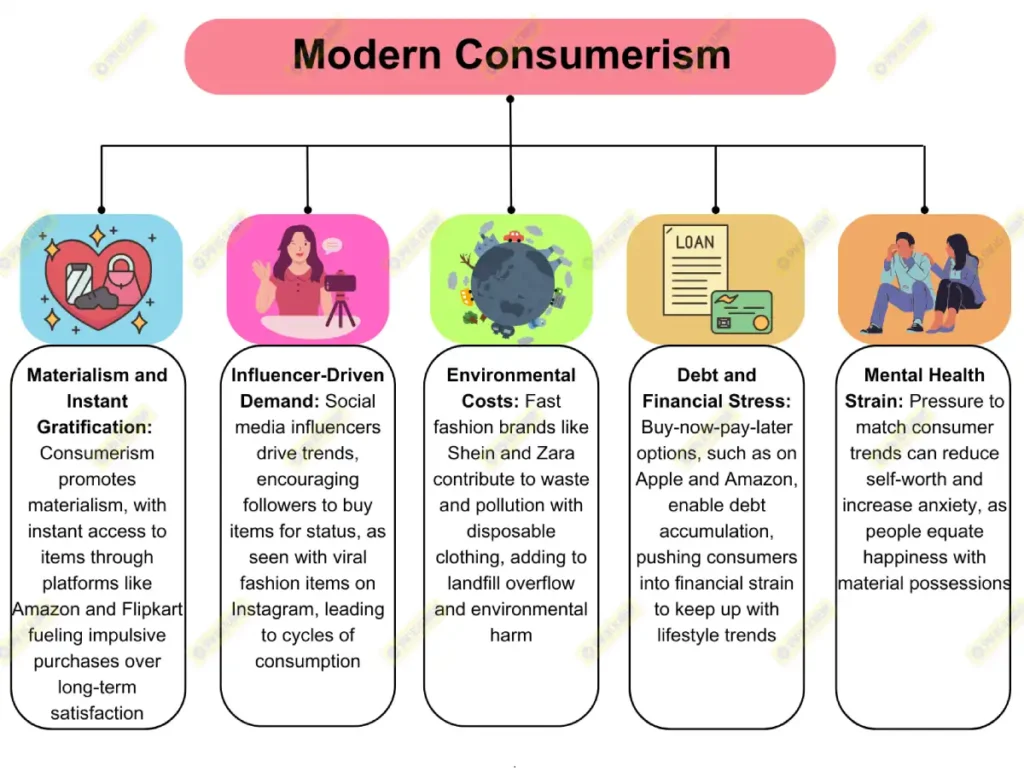The phenomenon of the “Big Fat Indian Wedding” has evolved into a lavish, multi-dimensional celebration, blending cultural heritage with modern consumerism. This trend reflects the socio-economic transformation of Indian society, where weddings have become a showcase for wealth, status, and cultural symbolism.

The Rise of the ‘Big Fat Indian Wedding’: Economic and Social Dynamics
- Economic Boost and Job Creation: The multi-billion-dollar Indian wedding industry fuels various sectors, including hospitality, fashion, event management, and luxury goods. This economic impact generates employment and supports small businesses, from florists to designers, across urban and rural areas. With destination weddings and specialized vendors becoming popular, the industry has expanded into a highly profitable segment, reflecting the rise of a consumer-driven economy.
- Preserving Cultural Heritage and Celebrating Tradition: These weddings celebrate the cultural richness of India, bringing together traditions, regional customs, and rituals from across the country. The elaborate events create a platform for showcasing diverse cultural practices, attire, and cuisine, making weddings a cultural spectacle. This emphasis on tradition enables a sense of continuity, where younger generations engage with age-old practices even within a contemporary setting.
- Social Cohesion and Family Bonding: Weddings remain a vital platform for family bonding and social cohesion, often involving extended families and communities in the celebration. The “Big Fat Indian Wedding” serves as an event where people come together, reinforcing family values and social networks, which play an essential role in Indian society. These gatherings provide a collective experience that fosters emotional bonds and shared memories.
Negative Implications and Challenges of the ‘Big Fat Indian Wedding’
Despite its cultural and economic significance, the trend of extravagant weddings has drawbacks, including financial burdens, social pressures, and environmental concerns.
- Financial Strain and Socio-Economic Divide: The trend of hosting grand weddings can place enormous financial strain on families, especially those in lower-income brackets, who feel societal pressure to meet high standards. This phenomenon often leads to debt and reinforces socio-economic disparities, as lavish weddings set unrealistic expectations that not all families can fulfill. Conspicuous consumption becomes a driving factor, pushing families toward excessive spending on decorations, multi-course meals, and high-profile venues.
- Environmental Impact and Sustainability Concerns: The scale of “Big Fat Indian Weddings” contributes to significant environmental degradation, including food wastage, high energy use, and pollution from decorations and disposable items. Although there is a rising awareness of sustainable wedding practices—such as eco-friendly decor, minimal food waste, and reusable resources—such practices remain the exception. Addressing the environmental footprint of these events requires a cultural shift toward sustainable celebrations.
- Cultural Erosion and Shift from Traditional Values: While these weddings are steeped in cultural symbols, the focus on spectacle and materialism can overshadow the spiritual and familial significance traditionally associated with Indian weddings. This emphasis on luxury can dilute cultural authenticity, transforming weddings into social exhibitions rather than personal, meaningful ceremonies. Social media influence further intensifies this trend, as couples aim to create visually impressive events that cater to online audiences.
The “Big Fat Indian Wedding” encapsulates both the vibrant celebration of Indian culture and the socio-economic transformation of society. While it stimulates economic growth and preserves cultural traditions, it also presents financial, environmental, and cultural challenges. Moving forward, a balanced approach—prioritizing sustainability, cultural integrity, and financial prudence—can make weddings a true reflection of meaningful celebration rather than mere extravagance.











